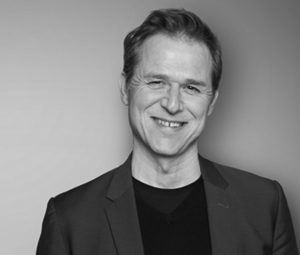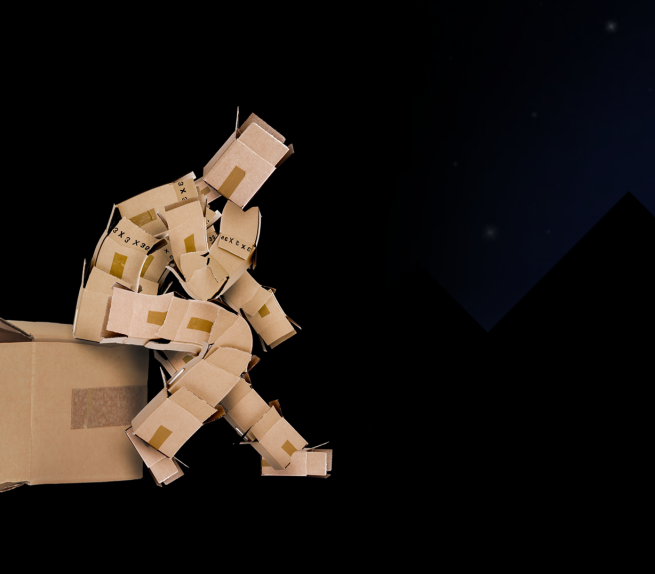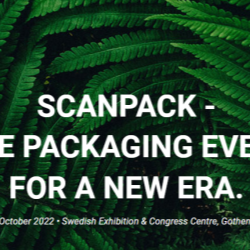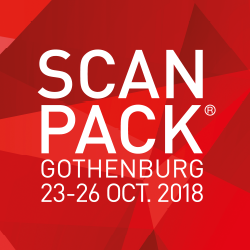If this is your company, CONTACT US to activate Packbase™ software to build your portal.
The concept of luxury is being redefined, particularly by a younger affluent target group. They increasingly value technology and experiences at the expense of traditional luxury goods such as jewellery, watches and bags. What does this mean and what significance does it have for the packaging industry? We asked Pearlfisher’s Strategic Creative Director, who works with many clients in the premium segment, about his views on this.
Pearlfisher has recently set up an office in Copenhagen and the Scanpack team had a coffee with its Strategic Creative Director, Jesper von Wieding. With over 25 years’ international experience, Jesper has won a large number of awards. He has long been a board member of Design Denmark and is one of the initiators of Creative Circle, Denmark’s most prestigious advertising, design and digital award.
The definition of luxury is undergoing a major change. What’s happening?
According to Jesper, it’s about a sense of responsibility and an attitude that ‘less is more’ from a CSR perspective. A modern view of luxury is knowing what you need and choosing it. Not more. The product or experience should reflect yourself, your intellect and what you represent. It’s also more important that the company you buy from operates in a sustainable and conscious way, that they demonstrate a ‘point of difference’ both socially and environmentally. The extravagant mostly generates a big ‘Why?’ and often feels old-fashioned here in Scandinavia.
How does this affect the packaging?
“Previously premium packaging used the most expensive material, had the most exclusive printing and as much bling as possible, but that’s no longer the case, and it’s mainly the younger generation that has a different attitude. A clearer awareness has developed. The product, its function and what it says about the user are most important and the packaging should reflect this. Consumers want quality and function, not just a prestigious brand.”
Jesper continues: “At Pearlfisher we see ourselves as a partner to the client and we take part in the whole work process, including the product development itself. A team may comprise an agency, a brand owner and a packaging company. When we work together and can start the joint process early on, the result is also best of all. We want to demonstrate that you can improve efficiency through good design and also create a wow feeling.
“We talk about an ‘actual effect’, a ‘desired effect’ and finally a ‘perceived effect’. The last of these – how the end-consumer perceives the product – is the most important. The battle for the customer will take place on social media and on the store shelf, not through advertising and newsletters.”
Scanpack, the huge packaging trade fair that takes place every three years, is the largest event from any sector to be hosted at the Swedish Exhibition and Congress Centre. In fact, it is so large that at the next edition, taking place between the 23rd and 26th of October, extra floor space will be used at Scandinavium.
This year’s edition will also receive even more attention because it will host the Sustainability Awards. These are being presented for the fourth time and are widely regarded as the world’s foremost prize celebrating innovations in sustainability in the packaging sector.
“It’s an honour. And it means the outside world is looking at us in a whole new light,” says Anna-Lena Friberg, Business Manager for Scanpack.
The competition is organised by the leading magazine Packaging Europe, which will be present at Scanpack as the International Media Content Partner. Its status is reinforced by the support of global corporate brands such as Coca-Cola, Procter & Gamble, Reckitt Benckiser, Marks & Spencer, Suez and Europen. The jury is formed by sustainability managers from these and other companies.
Winners in six categories
The jury first selects the winners of six categories. The “Best Sustainable Packaging Innovation” overall is then chosen from these six winners. Last year, Sweden notched up a success when ICA won the “Best Practice” category for its laser-marking of fruit and vegetables, while the overall victory went to the German Papierfabrik Scheufelen for its development of packaging paper extracted from locally grown sun-dried grass.
This year’s awards will be presented on October 23rd, the opening day of Scanpack. The Sustainable Packaging Summit will also take place on that day. Participants at this high-level seminar include French yoghurt producer Danone and Britain’s Iceland Foods, who decided to remove all plastic packaging by 2023.
Anna-Lena Friberg has high expectations:
“We are very pleased to announce a programme of high-ranking speakers and several superbrands. It raises the status of the entire trade fair and gives Scanpack a high profile right across Europe,” she said.
The purpose of the sustainability awards is to focus on the possible, according to Tim Sykes at Packaging Europe:
“The initiative not only stimulates discussion but also contributes to the spread of ideas, so we can get a cross-fertilisation of the huge amount of innovations that are currently taking place in packaging technology,” he said.
“This can happen in several ways: in the form of early R & D initiatives, fully launched solutions or collaborative projects within the sector.”
Scanpack 2018 takes place from 23–26 October at the Swedish Exhibition & Congress Centre. It is Northern Europe’s largest packaging trade show and hosts approx. 500 exhibitors from around 30 countries. In 2015 the event welcomed 13,483 visitors.












